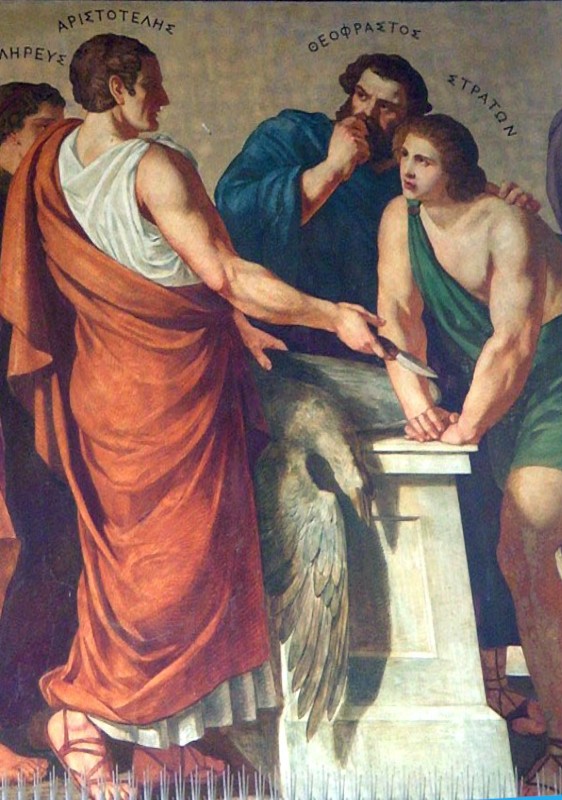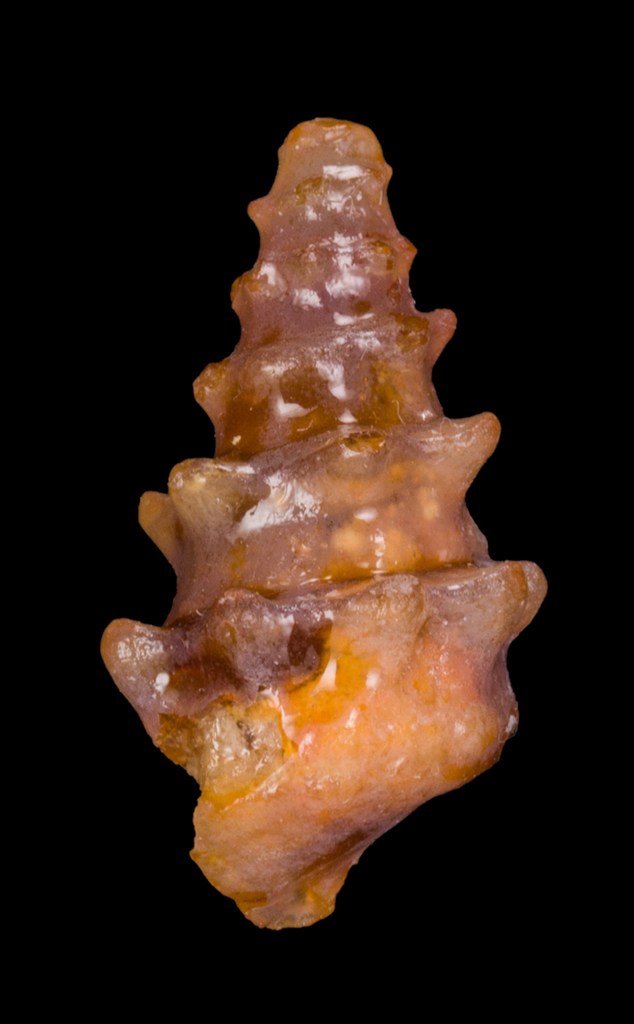|
Acate River
The Dirillo, or Acate, is a river in Sicily which springs from the Hyblaean Mountains and flows through the areas of Vizzini, Licodia Eubea, Mazzarrone, Chiaramonte Gulfi, Acate, Vittoria, Gela. It enters the Strait of Sicily south-east of the town of Gela. As the largest river in the area it is sometimes known as the ''Fiume Grande''. The river was known in antiquity as the Achates ( grc, Ἀχάτης). It was noted by Silius Italicus for the remarkable clearness of its waters. Theophrastus in his treatise ''On Stones'' (ca. 315 B.C.) indicates that the name of the gemstone ''achates'' ( agate) was based on the source of such stones from this river. Pliny the Elder makes the same connection in his '' Naturalis Historia'' [...More Info...] [...Related Items...] OR: [Wikipedia] [Google] [Baidu] |
Iblei
The Hyblaean Mountains ( scn, Munt'Ibblei; it, Monti Iblei; la, Hyblaei montes) is a mountain range in south-eastern Sicily, Italy. It straddles the provinces of Ragusa, Syracuse and Catania. The highest peak of the range is Monte Lauro, at 986 m. History The name derives from the Siculi king Hyblon, who gave a portion of his territory to Greek colonists to build the town of Megara Hyblaea. Geology The range is composed of white limestone rocks, characterized by Karst topography. Originally a plateau, rivers have eroded the landscape, forming numerous deep canyons. In the coastal area sandstone is also present. In some areas, such as that of Monte Lauro (once part of a submerged volcanic complex), volcanic rocks are also present. The hyblaean area is characterized by a high seismic risk. Landscape The Hyblaean Mountains are characterized by gentle slopes, interrupted by sharp valleys. In the central area are numerous woods which are intermingled with dry stone walls of ty ... [...More Info...] [...Related Items...] OR: [Wikipedia] [Google] [Baidu] |
On Stones
Theophrastus (; grc-gre, Θεόφραστος ; c. 371c. 287 BC), a Greek philosopher and the successor to Aristotle in the Peripatetic school. He was a native of Eresos in Lesbos.Gavin Hardy and Laurence Totelin, ''Ancient Botany'', Routledge, 2015, p. 8. His given name was Tyrtamus (); his nickname (or 'godly phrased') was given by Aristotle, his teacher, for his "divine style of expression". He came to Athens at a young age and initially studied in Plato's school. After Plato's death, he attached himself to Aristotle who took to Theophrastus in his writings. When Aristotle fled Athens, Theophrastus took over as head of the Lyceum. Theophrastus presided over the Peripatetic school for thirty-six years, during which time the school flourished greatly. He is often considered the father of botany for his works on plants. After his death, the Athenians honoured him with a public funeral. His successor as head of the school was Strato of Lampsacus. The interests of Theophrastus ... [...More Info...] [...Related Items...] OR: [Wikipedia] [Google] [Baidu] |
Rivers Of The Province Of Caltanissetta
A river is a natural flowing watercourse, usually freshwater, flowing towards an ocean, sea, lake or another river. In some cases, a river flows into the ground and becomes dry at the end of its course without reaching another body of water. Small rivers can be referred to using names such as creek, brook, rivulet, and rill. There are no official definitions for the generic term river as applied to geographic features, although in some countries or communities a stream is defined by its size. Many names for small rivers are specific to geographic location; examples are "run" in some parts of the United States, "burn" in Scotland and northeast England, and "beck" in northern England. Sometimes a river is defined as being larger than a creek, but not always: the language is vague. Rivers are part of the water cycle. Water generally collects in a river from precipitation through a drainage basin from surface runoff and other sources such as groundwater recharge, springs, an ... [...More Info...] [...Related Items...] OR: [Wikipedia] [Google] [Baidu] |
Rivers Of Sicily
A river is a natural flowing watercourse, usually freshwater, flowing towards an ocean, sea, lake or another river. In some cases, a river flows into the ground and becomes dry at the end of its course without reaching another body of water. Small rivers can be referred to using names such as creek, brook, rivulet, and rill. There are no official definitions for the generic term river as applied to geographic features, although in some countries or communities a stream is defined by its size. Many names for small rivers are specific to geographic location; examples are "run" in some parts of the United States, "burn" in Scotland and northeast England, and "beck" in northern England. Sometimes a river is defined as being larger than a creek, but not always: the language is vague. Rivers are part of the water cycle. Water generally collects in a river from precipitation through a drainage basin from surface runoff and other sources such as groundwater recharge, springs, a ... [...More Info...] [...Related Items...] OR: [Wikipedia] [Google] [Baidu] |
Rivers Of Italy
This is a list of rivers which are at least partially located in Italy. They are organized according to the body of water they drain into, with the exceptions of Sicily and Sardinia, which are listed separately. At the bottom, all of the rivers are also listed alphabetically. Italian rivers are generally shorter than those of other European regions because Italy is partly a Italian Peninsula, peninsula along which the Apennines, Apennine chain rises, dividing the waters into two opposite sides. The longest Italian river is the Po (river), Po, which flows for along the Po Valley. Rivers in Italy total about 1,200, and give rise, compared to other List of sovereign states and dependent territories in Europe, European countries, to a large number of marine mouths. This is due to the relative abundance of rain events in Italy, and to the presence of the Alps, Alpine chain rich in snowfields and glaciers in the northern part of the country, in the presence of the Apennines in the cent ... [...More Info...] [...Related Items...] OR: [Wikipedia] [Google] [Baidu] |
Polo Petrolchimico Di Gela
Polo is a ball game played on horseback, a traditional field sport and one of the world's oldest known team sports. The game is played by two opposing teams with the objective of score (game), scoring using a long-handled wooden mallet to hit a small hard #Ball, ball through the opposing team's goal (sport), goal. Each team has four mounted riders, and the game usually lasts one to two hours, divided into periods called ''chukkas'' or "''chukkers''". Polo has been called "the sport of kings", and has become a spectator sport for equestrians and high society (social class), high society, often supported by sponsor (commercial), sponsorship. The progenitor of the game and its variants existed from the to the as equestrian games played by Eurasian nomads, nomadic Iranian peoples, Iranian and Turkic peoples, Turkic peoples. In Persia, where the sport evolved and developed, it was at first a training game for cavalry units, usually the royal guard or other elite troops. A notable ... [...More Info...] [...Related Items...] OR: [Wikipedia] [Google] [Baidu] |
Lago Dirillo
Dirillo Lake is an artificial lake to the south of Licodia Eubea in the Province of Catania, Sicily, Italy, which was formed in the 1950s by damming the river Dirillo The Dirillo, or Acate, is a river in Sicily which springs from the Hyblaean Mountains and flows through the areas of Vizzini, Licodia Eubea, Mazzarrone, Chiaramonte Gulfi, Acate, Vittoria, Sicily, Vittoria, Gela. It enters the Strait of Sicily so .... Lakes of Sicily {{Sicily-geo-stub ... [...More Info...] [...Related Items...] OR: [Wikipedia] [Google] [Baidu] |
Azienda Nazionale Idrogenazione Combustibili
Azienda Nazionale Idrogenazione Combustibili (ANIC) was an Italian chemical company, established during the Fascist regime with the objective of obtaining synthetic gasoline by hydrogenation of brown coal. It was set up in 1936 by state-owned Agip and Montecatini as a joint venture. In 1953, it was acquired by Eni. History After the Second Italo-Ethiopian War, in November 1935 Fascist Italy was targeted with sanctions by the League of Nations, an event that induced Italian dictator Benito Mussolini to pursue an economic policy of autarky Autarky is the characteristic of self-sufficiency, usually applied to societies, communities, states, and their economic systems. Autarky as an ideal or method has been embraced by a wide range of political ideologies and movements, especiall .... At that time, about 75 per cent of Italy's energy requirement was covered by imports, so Mussolini negotiated the acquisition of patents from I.G. Farben and the International Hydrogenation Eng ... [...More Info...] [...Related Items...] OR: [Wikipedia] [Google] [Baidu] |
Akrillai
Akrillai ( grc, Ἄκριλλαι) and Akrilla ( grc, Ἄκριλλα), Acrillae (in Latin) was an ancient Greek colony located in the modern province of Ragusa, Sicily, Italy, where the town of Chiaramonte Gulfi stands today. The ruins of the old colony can be found in the ''contrada'' (quarter) Piano del Conte-Morana and Piano Grillo. A necropolis dating from the 6th-5th century BC has been identified in the ''contrada'' Paraspola-Pirruna. The name appears in different forms among different authors: Akrilla, Akrille; in ancient sources: Akrillaiu; the name is variously written by Latin writers Acrilla and Acrille. History Hellenic era The city was founded by the Corinthian and Syracusan colonists at the same time of Kamarina (598 BC), overlooking the Valley of the Hipparis to establish their power against the city of Gela, founded by a Cretan-Rhodian effort. Akrillai was also a road-station on the route from Syracuse to Gela and Akragas. By passing via Akrai and Kasmenai, ... [...More Info...] [...Related Items...] OR: [Wikipedia] [Google] [Baidu] |
Chalcedony
Chalcedony ( , or ) is a cryptocrystalline form of silica, composed of very fine intergrowths of quartz and moganite. These are both silica minerals, but they differ in that quartz has a trigonal crystal structure, while moganite is monoclinic. Chalcedony's standard chemical structure (based on the chemical structure of quartz) is SiO2 (silicon dioxide). Chalcedony has a waxy luster, and may be semitransparent or translucent. It can assume a wide range of colors, but those most commonly seen are white to gray, grayish-blue or a shade of brown ranging from pale to nearly black. The color of chalcedony sold commercially is often enhanced by dyeing or heating. The name ''chalcedony'' comes from the Latin ''chalcedonius'' (alternatively spelled ''calchedonius'') and is probably derived from the town of Chalcedon in Turkey. The name appears in Pliny the Elder's ''Naturalis Historia'' as a term for a translucent kind of jaspis. Another reference to a gem by the name of ''khalkedon'' ... [...More Info...] [...Related Items...] OR: [Wikipedia] [Google] [Baidu] |
Perseus Project
The Perseus Project is a digital library project of Tufts University, which assembles digital collections of humanities resources. Version 4.0 is also known as the "Perseus Hopper", and it is hosted by the Department of Classical Studies. The project is mirrored by the Max Planck Society in Berlin, Germany, as well as by the University of Chicago. History The project was founded in 1987 to collect and present materials for the study of ancient Greece. It has published two CD-ROMs and established the Perseus Digital Library on the World Wide Web in 1995. The project has expanded its original scope; current collections cover Greco-Roman classics and the English Renaissance. Other materials, such as the papers of Edwin Bolles and the history of Tufts University, have been moved into the Tufts Digital Library. The editor-in-chief of the project is Gregory R. Crane, the Tufts Winnick Family Chair in Technology and Entrepreneurship. He has held that position since the founding of th ... [...More Info...] [...Related Items...] OR: [Wikipedia] [Google] [Baidu] |






